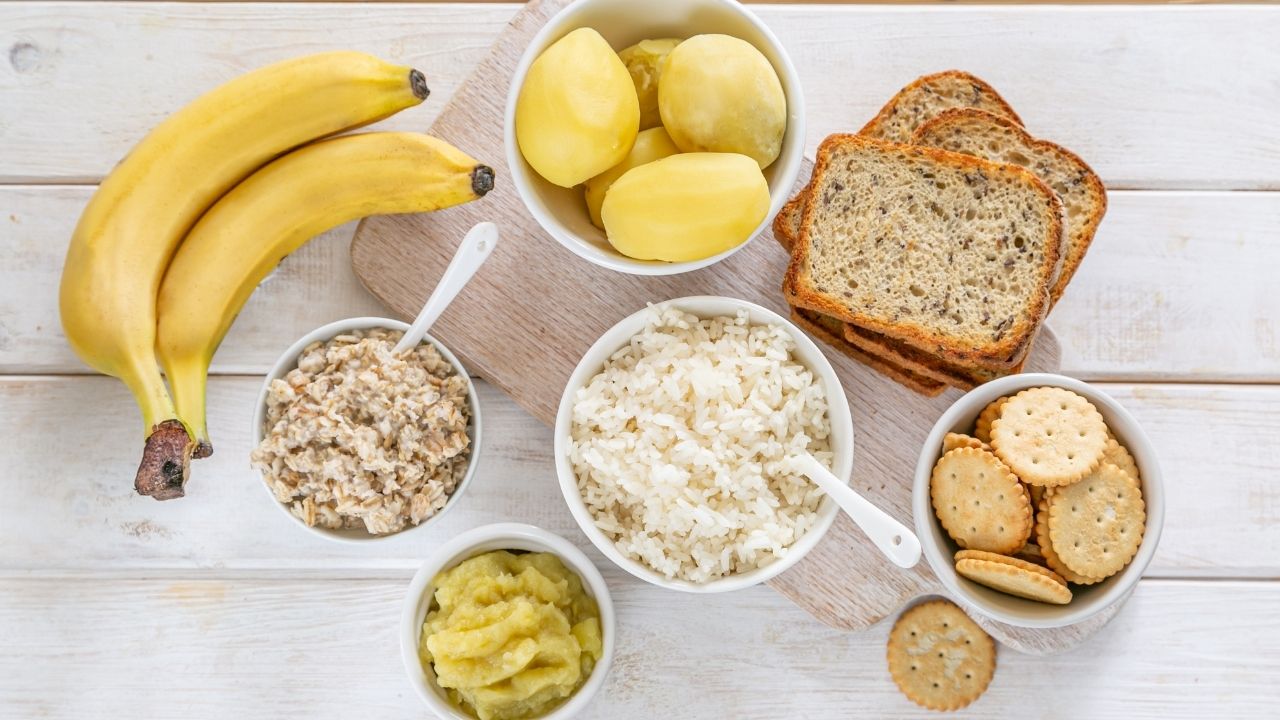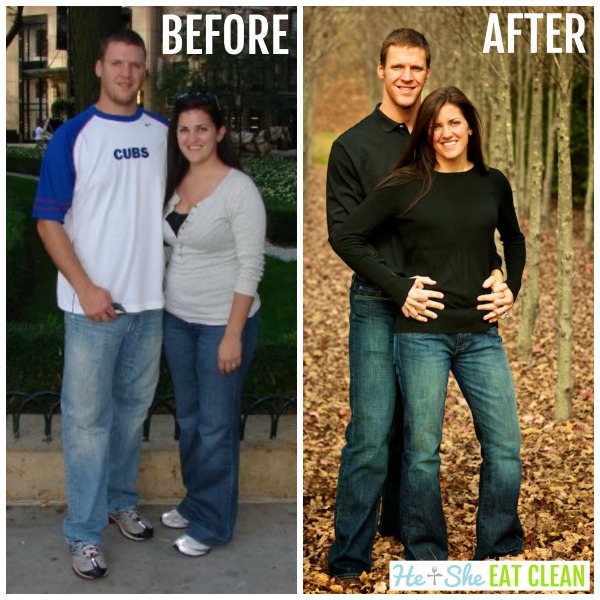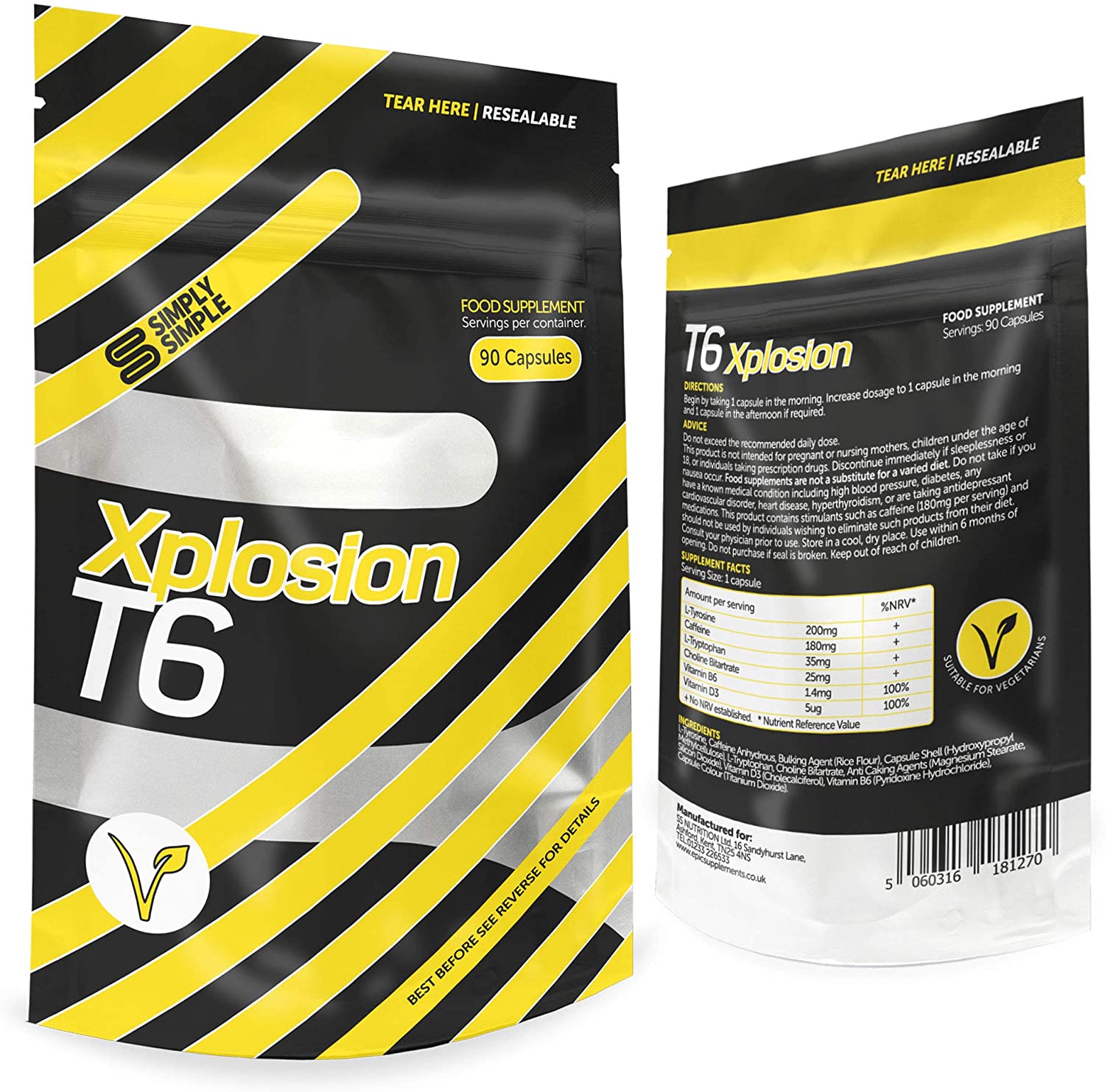
Clean eating is a movement and a lifestyle based on whole, fresh foods. While there are some packaged nuts, meat, and vegetables available in stores, clean eating advocates are urging consumers to read labels and avoid those with added sugars, preservatives, and unhealthy fats. Many nuts are also roasted in oil, or otherwise damaged by heat. Avoid these problems by opting for unsalted or raw nuts. Below are some benefits to clean eating.
Lifestyle
Clean eating encourages healthy eating by consuming fresh, whole foods. This can be described as foods that are free from additives and preservatives. Clean eating encourages consumers learn about the origins and read labels. This plan encourages people to listen to their bodies and limit the consumption of processed foods.

Clean eating emphasizes the use of natural ingredients, as well as avoiding processed foods and sugar. It encourages the preparation of meals at home rather than ordering takeout or rushing to the supermarket. Although it can be hard to find healthy, delicious food, this lifestyle can make you happier and live a longer, healthier life. You'll also be less likely to crave sugary, processed, or fatty foods. Clean eating is an excellent way to improve your overall health and self-esteem.
A movement
The popular trend of "Clean eating", which promotes the consumption and preservation of whole, unprocessed foods, is known as "Clean eating". This movement focuses on avoiding certain foods, such as dairy and gluten, and promoting a balanced diet that is rich in fresh fruits & vegetables. The majority of followers are wealthy, young, white and attractive. But the Clean Eating movement can lead them to unhealthy eating habits.
While the movement isn’t new or groundbreaking, it has seen a rise in popularity because of the many benefits to eating organic and clean. Essentially, clean eating involves sticking to a balanced diet and avoiding chemicals. Clean eating stresses the importance of fruits and vegetables, whole grains, and lean proteins. Additionally, it is important to eat organic and local foods in order to preserve our environment. In addition to fruits and vegetables, Clean Eating also includes animal protein. Since they are lower in cholesterol, chicken and fish make great alternatives.
a diet
Clean eating has many definitions. One definition emphasizes whole foods and unprocessed foods. Another emphasises the freshness and locality of food. Clean eating emphasizes a reduced intake of fat, sugar, and oil. Although clean eating isn't a fad diet, it can have several benefits. Clean eating can help reduce the risk of certain diseases. To learn more, read on.

Many people following a clean diet opt to avoid artificial ingredients such preservatives. Refined carbohydrates are not the same. Whole grains, like brown rice, are high-fiber and rich in nutrients. You should avoid processed food such as margarine (and vegetable oils). People are often tempted by diet foods. However, these foods are more harmful than good for you. Moreover, many diet foods are processed, and can contain sugar and artificial sweeteners.
A term
Clean eating is often associated with innocence and purity, but there's no agreement on the definition. It's also associated with other lifestyle practices, including exercise and environmental activism. There are many definitions of clean eating, which you can find below. A particular diet, way of eating, or something else can all be considered clean eating. Clean eating advocates a diet that is free of additives, chemicals, preservatives and other harmful ingredients.
There are many ways to define clean eating. No matter what the case may seem, clean eating has many benefits. RDs working with clean eating clients must assess the client's goals and determine what constitutes a clean diet. These are the main criteria:
FAQ
Are there any side effects of intermittent fasting?
Intermittent fasting does not have any known side effects. But, it is possible to experience minor side effects if you plan poorly.
If you skip breakfast, for example, you may feel constantly irritable. It is possible to experience headaches and muscle cramps.
These symptoms often disappear within a few hours.
Are cardio exercises a good way to lose weight quickly?
Cardio exercises can be great for burning calories but not necessarily helping you lose weight. It all depends on how much weight you have and what type of exercise you do.
Cardio exercises might not be enough to lose excess weight if your body is overweight.
These should be combined with diet and other forms of exercise.
For example, running or jogging are great cardio exercises to help you lose weight quickly. These cardio exercises burn more calories than any other type of exercise.
You should train resistance to gain muscles, not fat. Resistance training requires the use of free weights and machines as well as elastic bands.
For fast weight loss, combine cardio with resistance training.
To lose weight fast, you need a combination of both cardio and resistance training.
What can I drink in the morning while intermittent fasting?
You should try drinking water first thing in the morning. It will help you feel fuller, faster, and it will give you energy throughout your day. You can add lemon juice or cucumber slices to enhance the flavor.
Does intermittent fasting affect my sleep?
Intermittent fasting is a good thing for your sleep. If you skip meals, your hunger hormones will increase. You may wake up more often at night because of this.
Experts recommend skipping breakfast. Instead, experts recommend eating light snacks before bed.
You can still eat a small meal if you feel hungry after the snack.
Be careful not to overeat. If you do this, you might gain weight instead of losing it.
How much weight can you lose in one week?
Your current body fat percentage will determine how much weight you can lose. To begin, you need to determine how much weight that you would like to lose. Next, find your BMI (Body Mass Index). Your BMI indicates how much weight we should lose to achieve our goal. If your BMI is 25 or greater, you're overweight. If your BMI reads 30 or more, you are likely obese.
For example, if 200 pounds is your BMI, it would be 28.7. To get to a healthy weight range, you'd need 70 pounds of weight loss. To see if you're overweight, visit www.healthyminds.com/bmi/.
This formula can be used to calculate how many pounds you will lose each week once you have determined your BMI.
(Your Goal Weight - Current Weight)/BMI * 7 Number Of Pounds Lost Per Week
To lose 50 pounds in a month, you would need to exercise for 2 weeks. That's 56 days divided by 7 pounds per day. This works out to 8.3 lbs per week.
You could also try this calculator from www.weightlosscalculator.net. It provides an estimate of the number of calories you should consume each day to lose 12 pound per week.
What foods can I eat to lose weight quicker?
By eating less calories, you can lose weight quicker. There are two methods to accomplish this.
-
Reduce the calories you eat each day.
-
Through physical activity, you can increase the amount of calories that you burn.
It's easy to reduce how many calories you consume. After all, we're bombarded with calorie-laden fast food options everywhere we turn. Here are some foods that can help you lose those extra pounds.
-
Beans are high on fiber and protein. They have very little fat making them a great option for dieters trying to reduce their caloric intake.
-
Oatmeal is low in calories but high in nutrients like magnesium and potassium. It also has less sugar than most other cereals.
-
Eggs are high on cholesterol and protein. Eaten eggs one or two times a week can help boost metabolism and allow you to burn more calories.
-
Whole grain bread has been shown to reduce hunger pangs so that you may feel fuller longer.
-
Dark chocolate is loaded with antioxidants and flavonoids, substances that have been linked to lower blood pressure and improved heart health.
-
Cottage cheese is rich in calcium which aids in bone strength. It also provides a good source of vitamin D, which boosts immunity.
-
Salmon is high in omega-3 fatty oils, which are good for brain development and heart health.
-
Green tea is chock-full with catechins. These compounds fight cancer and boost metabolism.
-
Broccoli has a lot of folic, which can lower homocysteine in the blood. Homocysteine high levels are associated with increased heart disease risk and stroke.
-
Yogurt can be a great way for you to get probiotics without having to eat a lot of sugar. Probiotics play an important role in digestive health.
-
Berries are a delicious snack option that's also very nutritious. All of these are excellent sources for vitamins and minerals, including blueberries, strawberries and blackberries as well as raspberries and cranberries.
-
Avocados are rich in healthy fats. A half avocado has 80 calories but plenty of filling fiber.
-
Nuts make a delicious snack and are also a good source of protein. There are many great options for nuts, including cashews and hazelnuts as well as walnuts, pecans, hazelnuts and hazelnuts.
-
Sweet potatoes are another starchy vegetables that are high in beta carotene. They make your skin glow. Because of their higher beta carotene levels, orange sweet potatoes are particularly good.
Statistics
- According to Harvard Health, it's estimated that a 155-pound (70-kg) person burns roughly 112 calories per 30 minutes of weight training (5). (healthline.com)
- According to a study sponsored by the American Council on Exercise, a person weighing around 140 pounds (64 kg) would burn 108 calories at a 30-minute beginner's Pilates class or 168 calories at an advanced class of the same duration (26). (healthline.com)
- Among women, the increase in metabolic rate was nearly 4%, or 50 more calories per day (14Trusted Source (healthline.com)
- It's estimated that half of all American adults attempt to lose weight every year (1Trusted (healthline.com)
External Links
How To
How to Intermittent Fasting
Intermittent fasting is a dieting method where you normally eat one day per week, usually Monday through Friday. The idea behind this is to reduce your overall calorie intake while still getting adequate nutrition. This will allow you to burn fat more quickly than eating regular meals throughout the week.
The most popular form of IF is to limit calories to certain days. This means that you might skip breakfast every day and then indulge in whatever food you desire throughout the day. You could also choose three small meals instead of two large meals per day.
There are many forms of intermittent fasting. Each form of intermittent fasting comes with its own pros and cons. Alternate-day fasting is the easiest method to get started because it doesn't require any significant lifestyle changes. Some people may find it difficult to adhere to such a strict schedule, so they might try other methods.
If you're looking to start an intermittent fasting routine, I recommend starting with alternate-day fasting. This will allow your lifestyle to be gradually altered while you transition into more extreme fasting.